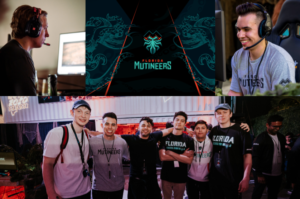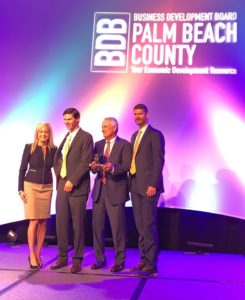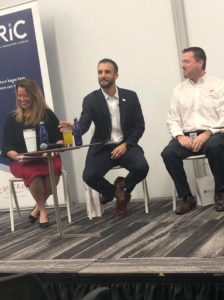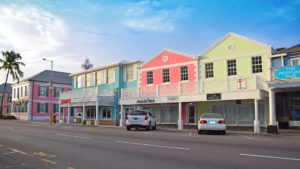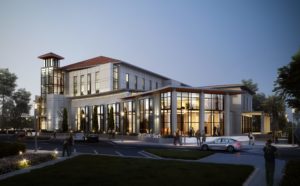
Boynton Beach’s new city hall anchors an ambitious vision that includes culture and business.
Have you seen the blizzard of news coming out of Miami?
It seems like every day there’s a major announcement; one headline more exciting than the other.
–“SoftBank makes $100mm bet on Miami as next US tech hub”—Financial Times
–“Why Miami is the next hot tech hub”—Crunchbase
–“Miami is becoming a magnet for companies trying to escape high taxes”—CNBC
And the list of interesting news goes on and on.
But the headline that intrigued me the most came from the real estate site Bisnow: “Miami Billionaire Launching Downtown Innovation Hub.”
The story details how Moishe Mana has broken ground on a downtown building that he intends to make the center of a burgeoning tech and startup community.
The 13-story “Nikola Tesla Innovation Center” will have 136,000 SF of space, mostly for offices with 2% reserved for retail. It is expected to be completed at the end of this year, with occupancy to begin in Q1 of 2022.
Mana and his team assembled about 60 properties downtown; which is an impressive feat. But he has also laid out an audacious goal: make the area the “economic engine of Miami.”
While the real estate “placemaking” is an interesting part of the equation it’s only one part of the vision. Mana is also doing what he can to assemble talent and connect key players who can make the dream come true.
In January, Mana announced a partnership with California based Plug N Play, a “global innovation platform” that works to build relationships between startups and large corporations.
Also at the table is city and county government and that’s important and essential.
Miami Mayor Francis Suarez is getting a lot of buzz these days for using his Twitter account to talk with tech titans and sell them on the virtues of Miami. Mayor-Dade County Mayor Daniella Levine Cava, was my Leadership Florida classmate, and I can say with certainty that nobody will work harder to make things happen. Daniella is the real deal.
So yes, the stars are aligning in Miami.
While vision is also important and essential so is the ability to execute.
I researched Mr. Mana’s career and learned that he has done something similar before; he played a key role in transforming Manhattan’s Meatpacking District from a derelict section of the city into a trendy area driven by art and culture.
Mr. Mana’s strategy for Miami also includes art and culture. The concept is being called “Mana Common.”
On a recent webinar discussing the projects Mana had this to say.
“I totally understood we needed to do something exceptional,” Mana said. “The problem is, every time there is a neighborhood built, then come the real estate funds that basically destroy the whole ecosystem. So I said, ‘We’re going to buy a big critical mass of real estate and we’re going to build a sustainable community where we do not need to trade with the real estate.’ This is a home for the brain. This is a home for creation. This is a home for changing a city.”
The operative word in that thought is exceptional—the desire to do something special and transformational.
Closer to home, I recently took a tour of Boynton Beach’s new City Hall complex, innovation center, library, children’s museum and amphitheater. If you haven’t seen this project yet, it’s well worth the drive.
The vision shown by this public private partnership is inspiring and the potential is enormous.
The City Hall— which includes ample community space— is beautiful with natural light and cozy meeting rooms available to the public.
The plan is to add a café and build out a space that will be used to grow local companies.
Post-Covid there will opportunities for art, music and events in a beautiful open space anchored by the amphitheater.
As I took the tour, I thought to myself “hey, Boynton Beach has got it going on.” I think it’s the nicest City Hall I’ve seen.
I admire cities and entrepreneurs who aspire.
Smart capital + Vision= transformation.
It’s not a sure thing. But you miss every shot you don’t take.
